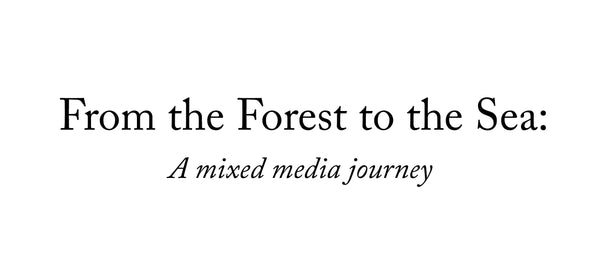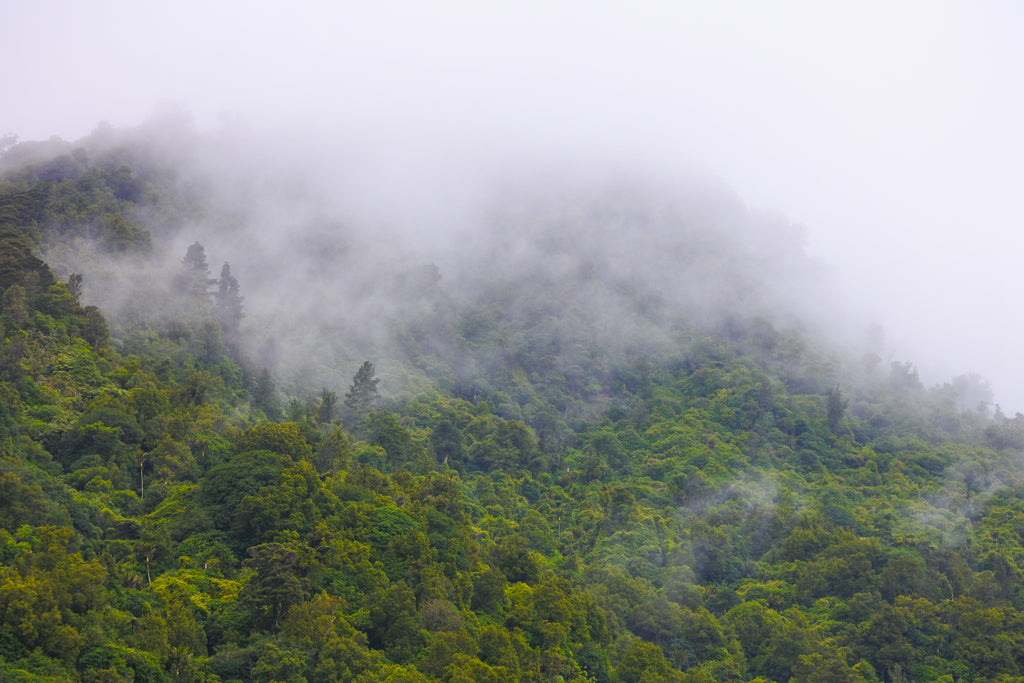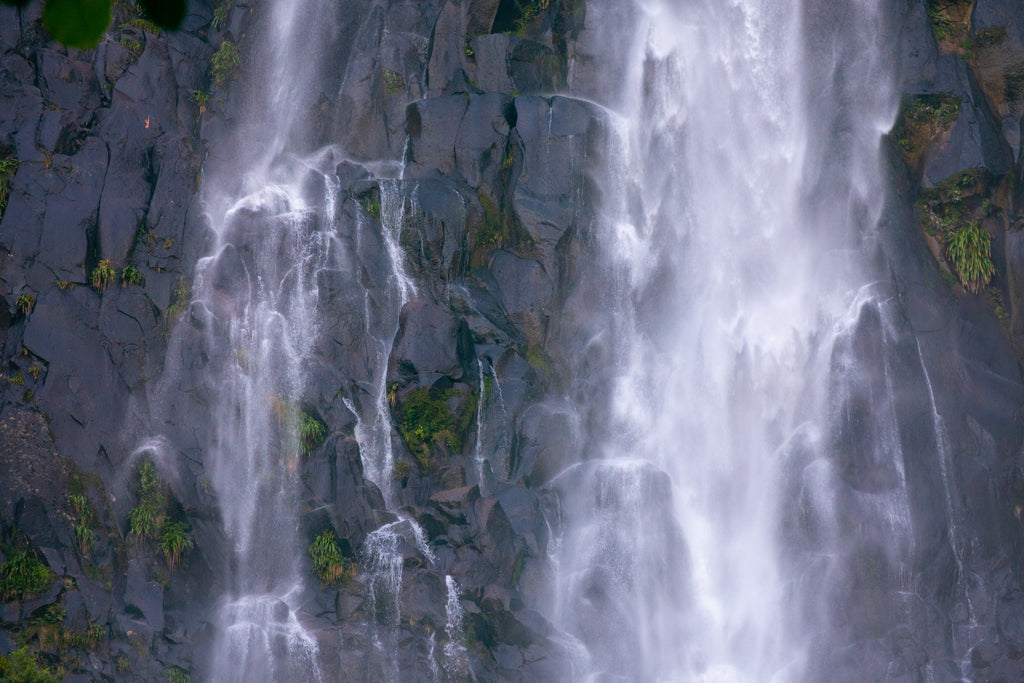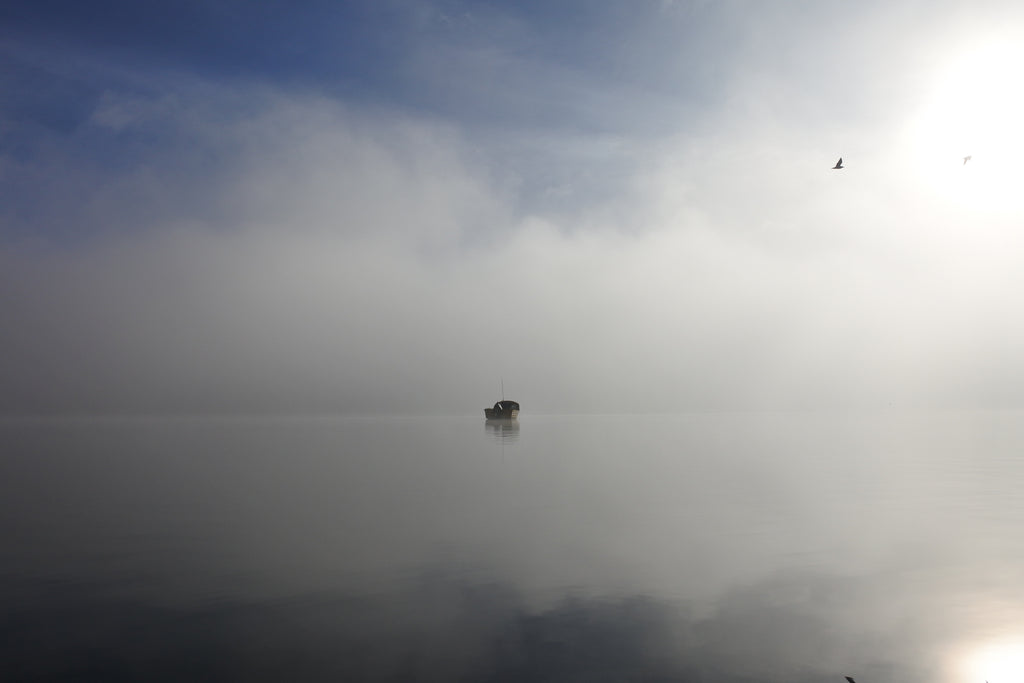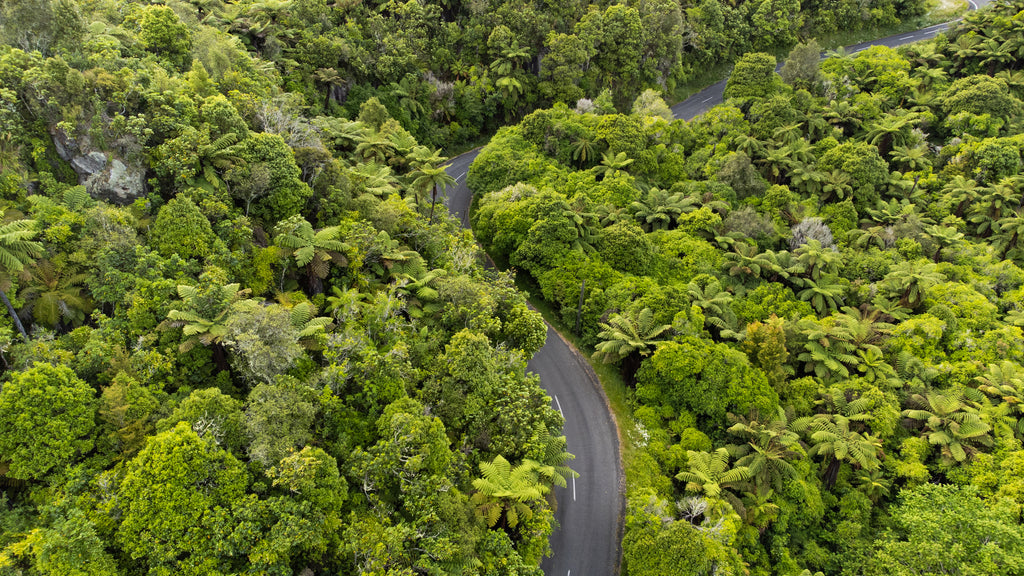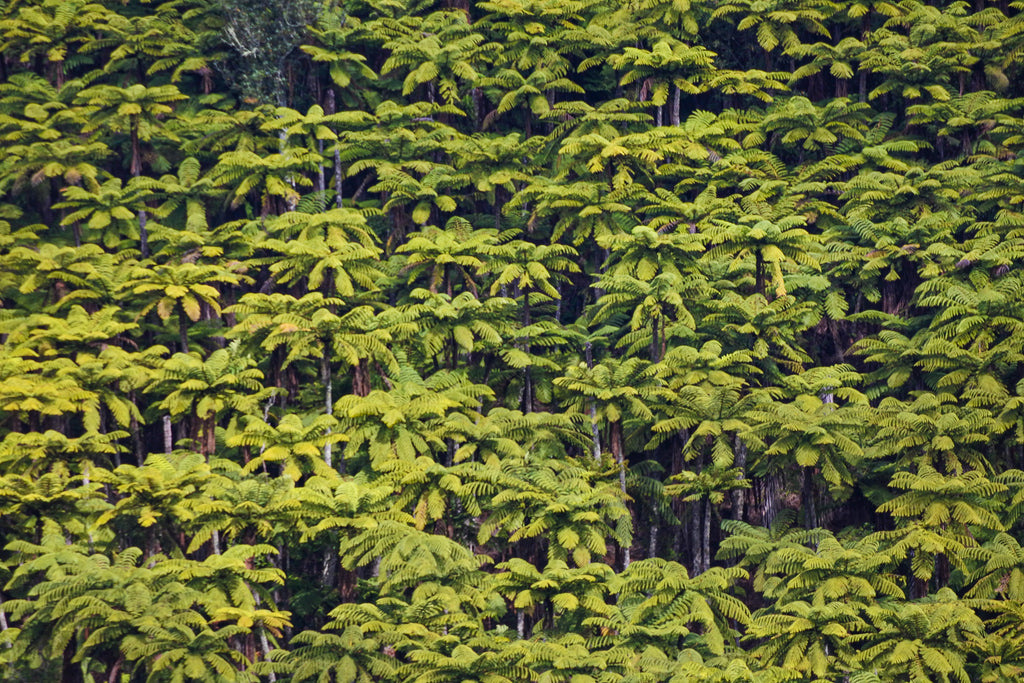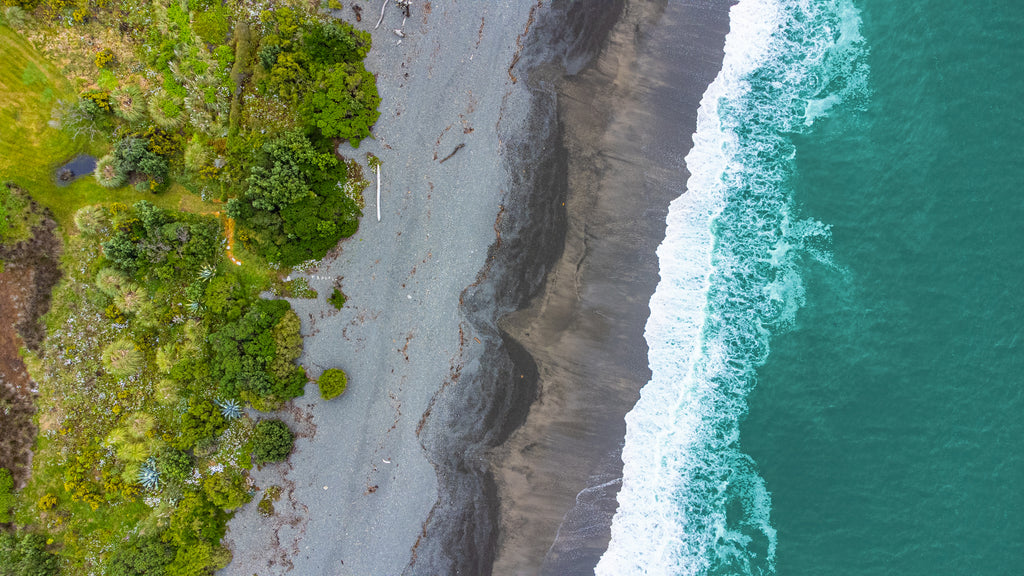Inzine Issue 4 - Web of Life
Editor’s Note
We depend on the natural world - for the air we breathe, to feed us, clothe us, keep us warm, heal us, calm us, protect us from storms and to shelter us. It needs to be healthy in order to provide for our needs.
We have somehow largely come to believe we are separate from the natural world, but the natural world is why we have thrived.
Learning all that the natural world does for us and the intricate balance is a beautiful journey, something to be embraced. This understanding will lead to healing for us and our planet.
Understanding biodiversity, often referred to as the ‘web of life’ because it shows the essential interdependence of living things, how all species work together to support life on Earth, is so important. It is important because it's this diversity that is the defining feature of the natural world, our planet.
Being mindful for me is about compassion, empathy and understanding for myself and for the world around me. I feel deeply and like to take time to make sense of it, whether that be calming my mind or nurturing it. In this issue I wanted to learn about biodiversity with you - because it is this connection and the understanding of it that gives me hope.
Due to our modern lives and how we consume, ‘since 1970 we have lost 68% of our planet's wildlife population, 75% of our land has been fundamentally altered, 66% of oceans have been negatively impacted and 85% of wetlands lost’ - Earth.org. This probably seems overwhelming and hard to get your head around but it will be much harder for our children to understand why we did not act and why we so mindlessly consumed, because it is now that we still have time to learn and mend.
What better place to start this journey than in our hearts and our homes - if we treat ourselves well, we are treating our home and the planet that is our home well.
The natural home is a calmer home, a more harmonious home, a sanctuary, and a place to rejuvenate - a place that is not only better for you but also our planet's future. So lets explore this web we weave together…
Bon Jung

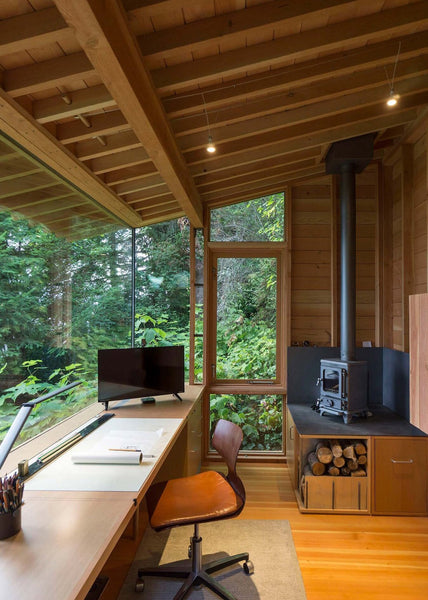
Biodiversity - the web
The defining feature of our planet is the diversity of life. Biodiversity or biological diversity, enables all living things to thrive on earth. Biodiversity is the enormous variety and diversity of all living organisms, their genetic differences and each species relationship to one another. Any disruption to biodiversity directly affects humans because we are not separate from it.
Every species has a role to play, everything is interconnected and each time a species goes extinct a hole is torn in the web.
Protecting biodiversity is critical to the survival of our planet and all living creatures on it - the natural world influences every aspect of our lives and ensures that life is liveable on Earth.
When in harmony biodiversity ensures that we have wetlands that purify water and help prevent flooding and drought and that we have forests that provide carbon sinks and purify the air we breathe. When biodiversity is disrupted, as it is now, there is a decrease in biodiversity leading to a breakdown in the functioning of ecosystems.
Currently across the globe, the clothes we wear, the food we eat, the products we use and the systems we use to create them are negatively impacting biodiversity and our environment. The purchasing decisions you make directly affect what your future will look like.
Some little big things you can do in your everyday life can include buying sustainable products. It is a small thing that can go a long way, choose natural materials (not plastic), choose local and organic whenever possible (handmade and hand crafted). Sick of mowing the lawns? Create a biodiversity patch in your garden with native trees and shrubs and wildflowers that produce nectar for the bees. Compost. Visit farmers markets. Avoid pesticides and support re-wilding efforts.
Let us work in collaboration with nature, learn from it and look after it with all our hearts.
The video below about wolves, gives the most amazing example of the how an ecosystem can be restored.


Wood-Wide-Web
Walking through the forest, hearing the wind through the trees and the birds singing brings a beautiful calmness, the forest is a place of peace. But below the surface, it is a buzz, there is a great connection happening, where the trees are communicating and nurturing one another near and far. This is one of the great scientific discoveries, one we are only now beginning to understand the extent of. The trees are linked intimately via a network of roots and fungal threads - kilometres of these networks called mycorrhiza that carries water, carbon, phosphorus, nitrogen and other nutrients between plants. Scientists have found that even unrelated species link to each other and share water and nutrients.
A web of reciprocity has been observed by Native American botanist Kimmerer of the pecan. He has observed that this fruit species fruit in synchrony, sometimes years apart. These trees take care of the whole by giving and taking from each other, they redistribute carbohydrates from tree to tree ensuring that the trees all flourish at the same time.
This mass interconnection is a central reality of all forests, next time you take a walk through the forest take a moment not just to admire the beauty but awe at its wisdom.
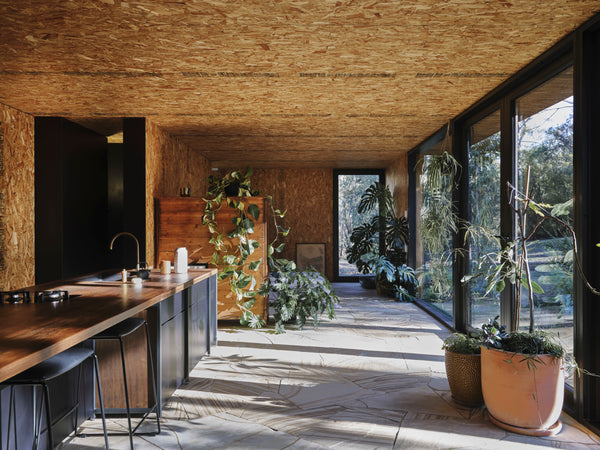

This is helpful - Find a farmers market near you!




